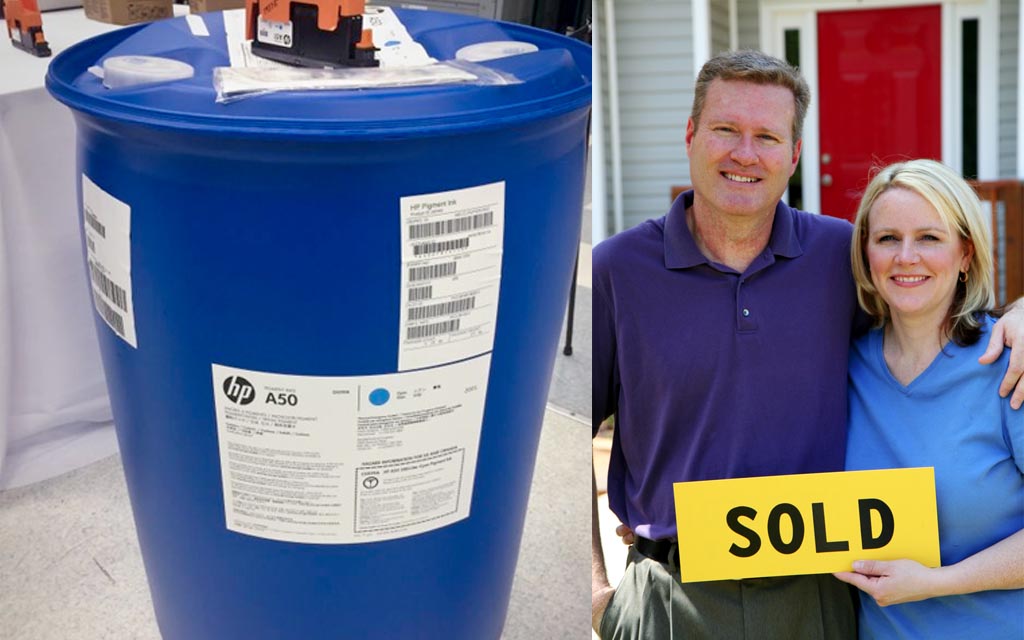
FRANKIE DeGROOT | News | CONTACT
The despised stamp duty on major purchases such as real estate and cars is set to be slashed by over 99.98% as state governments switch to a much cheaper source of ink.
Stamp duty varies between states, with the average for real estate purchases being around 5% of the purchase price, while the stamp duty for car purchases range between 3-6% for most states.
Whilst stamp duty historically started as a nominal fee to cover the cost to the government of updating ownership information, it has since risen with the cost of property to become a substantial slice of any major purchase and a reliable form of revenue for state governments.
Although most members of the public regard stamp duty as a cynical cash grab by a system which both chooses the rate and forces compliance, the outrageous cost of the simple process is primarily due to the cost of stamping the documents with extremely expensive ink.
For decades, the ink used by all Australian state governments has been sourced from a remote monastery in the Himalayas, where a reclusive sect of monks use a centuries-old secret recipe reportedly involving powered llama gall bladders and sperm from an endangered gnu.
After production, the ink is bottled by vestal virgins into Faberge eggs and delivered to Australian states in a Harrier II AV-8B VTOL jet by Jennifer Lopez.
Obviously this process involves substantial cost, with the final product costing almost as much per litre as the printer-crack in HP inkjet cartridges.
State governments have been forced to cover this substantial cost by passing the burden onto the public, but this cost will soon be slashed after it was inadvertently discovered that regular ink works just as well.
“I couldn’t believe it,” said an unnamed Level 14 bureaucrat.
“We told the work experience bureaucrat to get some ink and he just went to Officeworks and bought a regular inkpad for $4.95. We all thought it was hilarious because there was no way regular ink was going to work with our solid platinum diamond-encrusted antique Tiffany & Co. stamp but we gave it a go anyway, and sure enough, it left a nice neat impression on the form which was totally legible and clear.”
Although the savings have not yet been calculated, an anonymous Level 6 bureaucrat said the cost would be around 5 cents per transaction if the inkpad lasted for 100 stamps, but could double to a much less reasonable 10 cents if the stamp pad was only good for 50 stamps.
“I’m glad it’s cheaper now,” he said.
“I mean, everyone knows all we do is update a form, stamp it, then put it back in the really big filing cabinet. If the general public didn’t know how much the ink cost, they would probably think they were getting shafted or something.”










